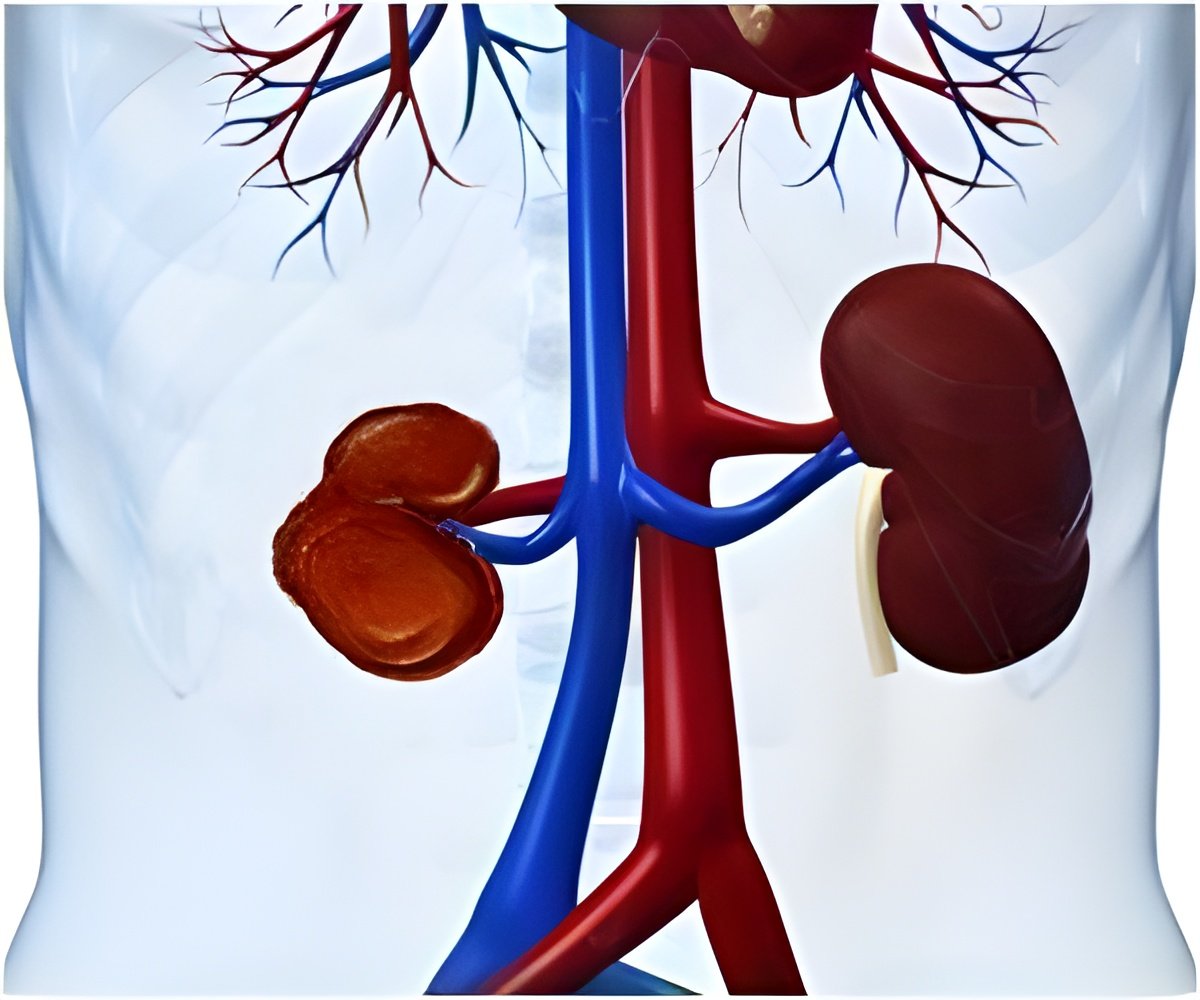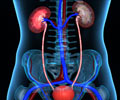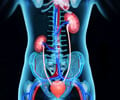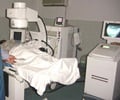A kidney abnormality known as hydronephrosis is one of the most common congenital defects in humans as it is detected in approximately 0.5% of fetuses analyzed by routine antenatal sonography.

Rosenblum and colleagues found that the Hedgehog signaling pathway controls the development of two populations of cells required for the initiation and transmission of coordinated contractions of the tract that links the kidney and the bladder (the ureter). Thus, genetic mutations in mice that disrupted the Hedgehog signaling pathway impaired urine flow from the kidney to the bladder, causing hydronephrosis. As noted by both the authors and Doris Herzlinger, in an accompanying commentary, these data have the potential to lead to the development of novel therapeutics for the treatment of hydronephrosis. Further, they suggest that it might be possible to develop genetic tests that discriminate between cases of hydronephrosis that spontaneously resolve (as approximately 70-80% of cases do) and those that do not.
Source-Eurekalert















